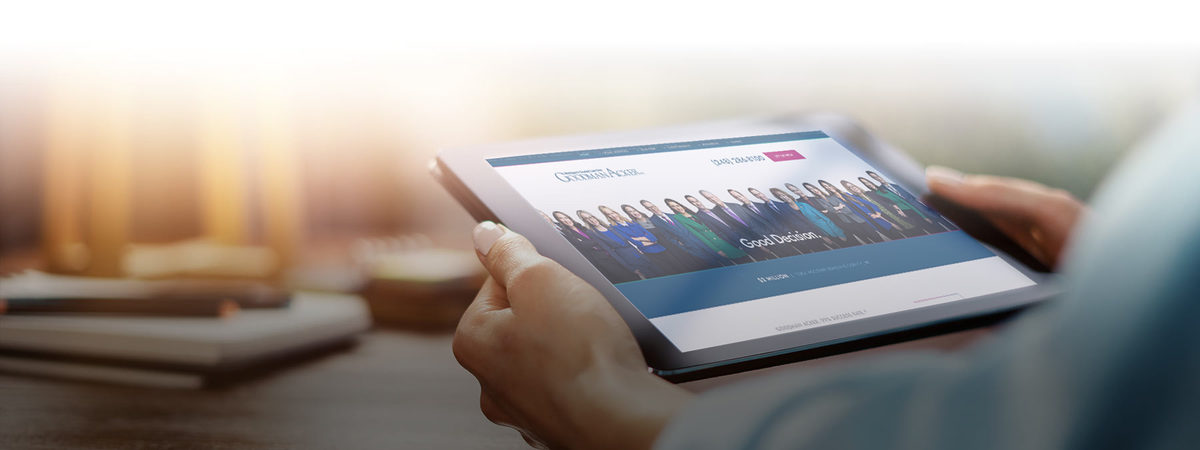- August 20, 2015
 Riding a bicycle to work or school is a great way to get exercise, save on fuel costs, and help the environment. However, sharing the road with motor vehicles can lead to harmful and sometimes deadly consequences.
Riding a bicycle to work or school is a great way to get exercise, save on fuel costs, and help the environment. However, sharing the road with motor vehicles can lead to harmful and sometimes deadly consequences.In 2013, the U.S. had 743 deaths and more than 48,000 injuries in bicycle accidents, according to the National Highway Traffic Safety Administration. According to the NHTSA's National Survey on Bicyclist and Pedestrian Attitudes and Behaviors, 29 percent of all bicycling injuries are the result of bicyclists being struck by cars.
Given the high risk of serious injuries in any bicycle accident, it is important that drivers and cyclists learn how to share the road and avoid collisions with each other.
Tips for Drivers to Avoid Accidents with Bikes
Drivers can take several steps to minimize risk when sharing the road with bicyclists:
- Slow down. If you see bicyclists on the road, the slower you pass by, the better. The force of an impact rises exponentially in relation to the speed at which a vehicle is travelling. So the slower you go, the less damage you could do if traffic conditions led to an accident in which the bicyclist was impacted.
- Keep a safe distance when passing. This lets the bicyclist know that you are aware of him or her, and it keeps the vehicle far enough away to avoid doing further damage in case of a fall. Also, when giving a wide berth, you'd be surprised to see how many drivers behind you follow your example.
- Check around at intersections. Always look for pedestrians and bicycles when making a right turn. Making eye contact is a great way to make sure they know you see them.
- Avoid distractions. Cell phones, radios, and food are all examples of things that cause a driver to unsafely take his or her eyes off the road. While this is dangerous at any time, it is especially risky when driving around pedestrians and bicyclists.
Tips for Bicyclists to Avoid Accidents with Other Vehicles
Bicyclists can also do their part to help share the road with drivers, and ensure their own safety:
- Use hand signals and obey all traffic laws. Hand signals indicate to a driver what your intentions are, and will let the driver know you are aware of their presence. Bicycles are considered vehicles and must travel in the same direction as the cars. Driving against traffic is dangerous.
- Be predictable. The more you act like other vehicles on the road, the more certainty you give to other road users.
- Position yourself properly in the lane. Use the lane to prevent unsafe passing by other vehicles and move into turn lanes before making turns.
- Use lights when required. Be sure to have front and rear lights for riding at dusk or at night.
- Make eye contact with other drivers. Do your best to catch the eye of other drivers, especially at intersections, stop signs and when using a turning lane.
- Wear a helmet. Putting on a helmet increases your chances of survival if you are even in an accident.
- Don't drink and then ride a bicycle. Even if you are only going a short distance, getting on your bicycle after have a few drinks can be dangerous, and drunk driving laws and penalties apply to cyclists.

